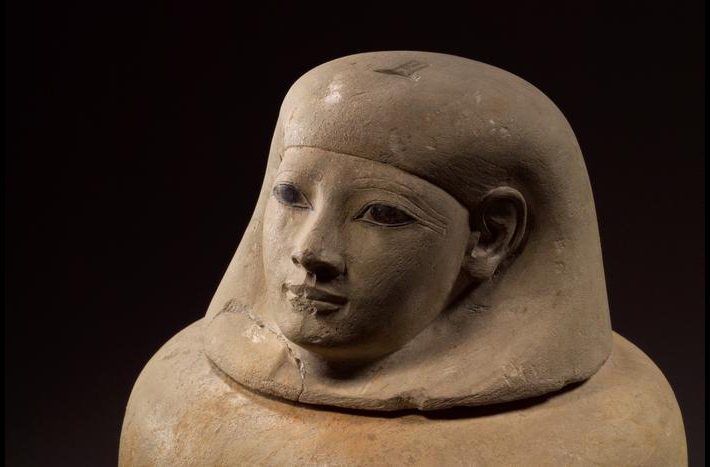 JENA, GERMANY—According to an article in Live Science, researchers have found evidence that the ancient Egyptians made great efforts to obtain exotic substances for use in mummification. The researchers analyzed residues from two ceramic jars that once held the organs of Senetnay, a noblewoman who served as wet nurse for the pharaoh Amenhotep II (reigned ca. 1427–1400 B.C.). The team, led by archaeologist Barbara Huber of the Max Planck Institute of Geoanthropology, found that the mummification balms contained common embalming substances such as beeswax, plant oils, and animal fats. Samples from both jars also included coumarin, which has a scent similar to vanilla, and benzoic acid, which is found in resins and gums from balsam-type plants. And, in the jar that once held Senetnay’s lungs, the researchers detected traces of two additional ingredients: larixol, a resin found in larch trees, and what is believed to be dammar, a fragrant gum from the wood of Pistacia trees. Neither could have been sourced locally, as larch trees were found in northern and central Europe, while Pistacia trees grew in Southeast Asia. Ancient Egyptians would have had good reason to seek out the substances. “Larch has loads of bioactive properties and is antibacterial and antimicrobial—plus it has a strong scent that can help mask decay and keep any insects away,” said Huber. “It’s also helpful to preserve the body in the afterlife where it can remain for an eternity. Ancient Egyptians believed that the soul could only come back if the body was intact.” Read the original scholarly article about this research in Scientific Reports. For more, go to “Inside a Pharaoh's Coffin,” one of ARCHAEOLOGY’s Top 10 Discoveries of 2022.
JENA, GERMANY—According to an article in Live Science, researchers have found evidence that the ancient Egyptians made great efforts to obtain exotic substances for use in mummification. The researchers analyzed residues from two ceramic jars that once held the organs of Senetnay, a noblewoman who served as wet nurse for the pharaoh Amenhotep II (reigned ca. 1427–1400 B.C.). The team, led by archaeologist Barbara Huber of the Max Planck Institute of Geoanthropology, found that the mummification balms contained common embalming substances such as beeswax, plant oils, and animal fats. Samples from both jars also included coumarin, which has a scent similar to vanilla, and benzoic acid, which is found in resins and gums from balsam-type plants. And, in the jar that once held Senetnay’s lungs, the researchers detected traces of two additional ingredients: larixol, a resin found in larch trees, and what is believed to be dammar, a fragrant gum from the wood of Pistacia trees. Neither could have been sourced locally, as larch trees were found in northern and central Europe, while Pistacia trees grew in Southeast Asia. Ancient Egyptians would have had good reason to seek out the substances. “Larch has loads of bioactive properties and is antibacterial and antimicrobial—plus it has a strong scent that can help mask decay and keep any insects away,” said Huber. “It’s also helpful to preserve the body in the afterlife where it can remain for an eternity. Ancient Egyptians believed that the soul could only come back if the body was intact.” Read the original scholarly article about this research in Scientific Reports. For more, go to “Inside a Pharaoh's Coffin,” one of ARCHAEOLOGY’s Top 10 Discoveries of 2022.
New Insights Into Egyptian Mummification Recipes
